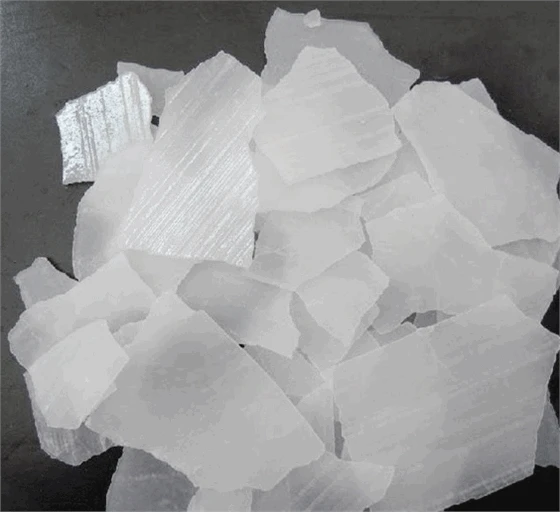



di ammonium phosphate msds
Understanding the Safety Data Sheet (SDS) for Diammonium Phosphate
Diammonium phosphate (DAP) is a widely used chemical compound, primarily known for its use as a fertilizer. It provides essential nutrients, particularly nitrogen and phosphorus, which are vital for plant growth. However, like any chemical substance, DAP requires careful handling and understanding of its properties, potential hazards, and safety measures. This is where the Safety Data Sheet (SDS) comes into play.
What is an SDS?
A Safety Data Sheet (SDS) is a document that provides detailed information about a hazardous chemical. It is designed to inform workers and emergency responders of the risks associated with the material, instruct them on safe handling practices, and outline measures for dealing with emergencies. An SDS is an international standard under the Globally Harmonized System of Classification and Labelling of Chemicals (GHS). Each SDS is typically structured into 16 sections, covering various aspects, from chemical identification to toxicological information.
Key Sections of the SDS for Diammonium Phosphate
1. Identification This section provides the name of the chemical, its synonyms, and relevant contact information for manufacturers and suppliers. For DAP, the chemical formula is (NH4)2HPO4.
2. Hazard Identification Here, potential hazards associated with DAP are outlined, including any physical, health, or environmental hazards. Generally, DAP is considered non-toxic, but it may pose risks such as irritation to skin and eyes upon contact.
3. Composition/Information on Ingredients This part lists the ingredients, their concentrations, and their CAS numbers. DAP is primarily composed of nitrogen (18%), phosphorus (46%), and potassium (0%).
4. First-Aid Measures This section details the actions to take in the event of exposure. In case of skin contact, it recommends washing with soap and water; for eye exposure, it advises rinsing with plenty of water and seeking medical attention if irritation persists.
5. Fire-Fighting Measures DAP is not flammable, but this section describes suitable extinguishing methods for fires involving the substance, promoting the use of water sprays or foam.
7. Handling and Storage This section provides recommendations for safe handling practices and specific storage requirements. It is essential to store DAP in a cool, dry place, away from incompatible substances.
di ammonium phosphate msds

8. Exposure Controls/Personal Protection It outlines occupational exposure limits (if applicable) and suggests personal protective equipment (PPE) to be employed, such as gloves and goggles, to reduce the risk of exposure.
9. Physical and Chemical Properties This part describes the fundamental properties of DAP, including its appearance, solubility, melting point, and pH level.
10. Stability and Reactivity The SDS discusses DAP's stability under normal conditions and its potential to react with other substances, guiding users on maintaining safe conditions.
11. Toxicological Information This section provides insights into the health effects of exposure to DAP, noting that while acute toxicity is low, prolonged exposure may lead to irritation.
12. Ecological Information DAP can have ecological impacts, particularly with regard to water quality. This section highlights its potential effects on aquatic life.
13. Disposal Considerations Proper disposal methods for DAP, aligned with local regulations, are essential to mitigate environmental risks.
14. Transport Information This section clarifies regulations regarding the transport of DAP, ensuring compliance with local and international guidelines.
15. Regulatory Information It provides details on relevant regulations that pertain to the safe use of DAP.
16. Other Information Finally, this section may include additional details or references for further reading.
Conclusion
Understanding the SDS for diammonium phosphate is crucial for all who handle this substance, whether in agricultural settings or industrial applications. By being aware of the properties and risks detailed in the SDS, users can ensure safer practices, promote health and safety at the workplace, and contribute to environmental protection. The SDS serves as an essential tool to facilitate informed decision-making and responsibility when dealing with chemicals like DAP.
-
Why Sodium Persulfate Is Everywhere NowNewsJul.07,2025
-
Why Polyacrylamide Is in High DemandNewsJul.07,2025
-
Understanding Paint Chemicals and Their ApplicationsNewsJul.07,2025
-
Smart Use Of Mining ChemicalsNewsJul.07,2025
-
Practical Uses of Potassium MonopersulfateNewsJul.07,2025
-
Agrochemicals In Real FarmingNewsJul.07,2025
-
Sodium Chlorite Hot UsesNewsJul.01,2025










